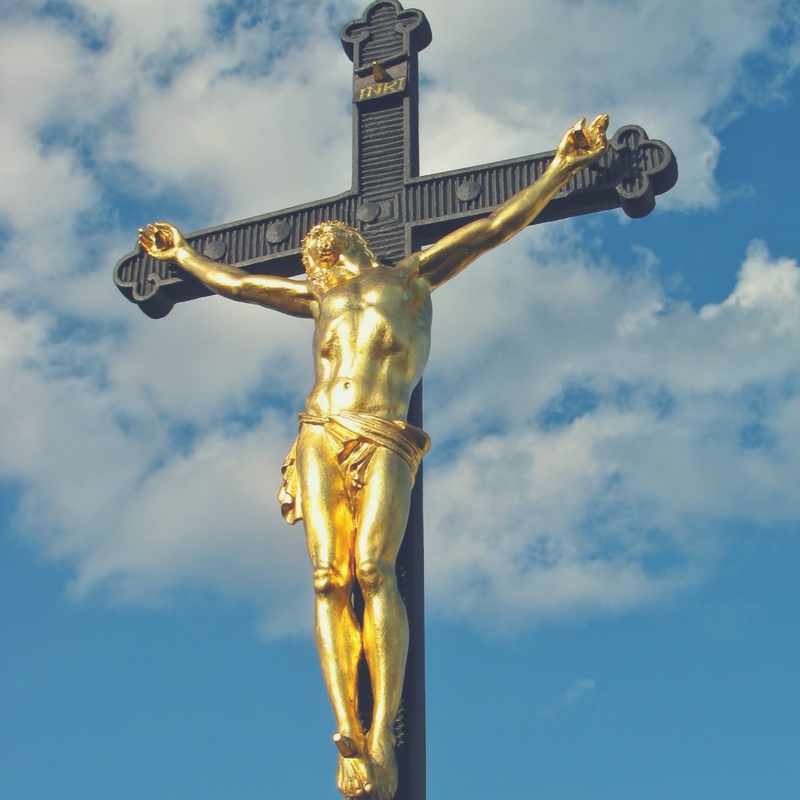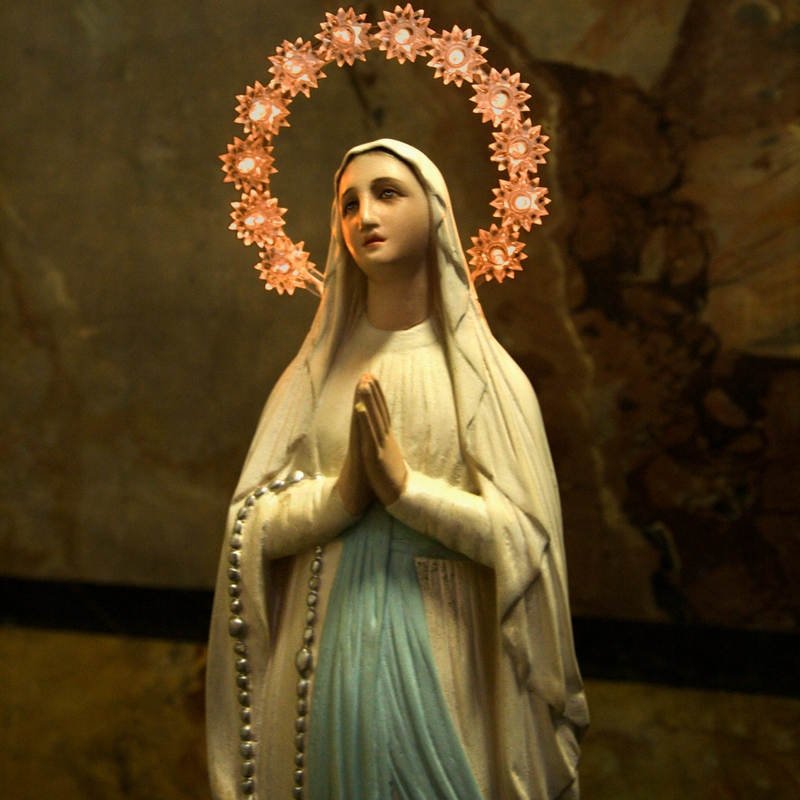Lord, have mercy on us.
Christ, have mercy on us.
Lord, have mercy on us. Christ, hear us.
Christ, graciously hear us.
God, the Father of heaven,
Have mercy on us.
God the Son, Redeemer of the world,
Have mercy on us.
God the Holy Spirit, Have mercy on us.
Holy Mary, Mother of God, Pray for us.
Holy Virgin of virgins, Pray for us.
Mother of the Crucified, Pray for us.
Sorrowful Mother, Pray for us.
Mournful Mother, Pray for us.
Sighing Mother, Pray for us.
Afflicted Mother, Pray for us.
Foresaken Mother, Pray for us.
Desolate Motherr, Pray for us.
Mother most sad, Pray for us.
Mother set around with anguish, Pray for us.
Mother overwhelmed by grief, Pray for us.
Mother transfixed by a sword, Pray for us.
Mother crucified in thy heart, Pray for us.
Mother bereaved of thy Son, Pray for us.
Sighing Dove, Pray for us.
Mother of Dolors, Pray for us.
Fount of tears, Pray for us.
Sea of bitterness, Pray for us.
Field of tribulation, Pray for us.
Mass of suffering, Pray for us.
Mirror of patience, Pray for us.
Rock of constancy, Pray for us.
Remedy in perplexity, Pray for us.
Joy of the afflicted, Pray for us.
Ark of the desolate, Pray for us.
Refuge of the abandoned, Pray for us.
Shield of the oppressed, Pray for us.
Conqueror of the incredulous, Pray for us.
Solace of the wretched, Pray for us.
Medicine of the sick, Pray for us.
Help of the faint, Pray for us.
Strength of the weak, Pray for us.
Protectress of those who fight, Pray for us.
Haven of the shipwrecked, Pray for us.
Calmer of tempests, Pray for us.
Companion of the sorrowful, Pray for us.
Retreat of those who groan, Pray for us.
Terror of the treacherous, Pray for us.
Standard-bearer of the Martyrs, Pray for us.
Treasure of the Faithful, Pray for us.
Light of Confessors, Pray for us.
Pearl of Virgins, Pray for us.
Comfort of Widows, Pray for us.
Joy of all Saints, Pray for us.
Queen of thy Servants, Pray for us.
Holy Mary, who alone art unexampled, Pray for us.
Pray for us, most Sorrowful Virgin,
That we may be made worthy of the promises of Christ.
Read the rest…

















